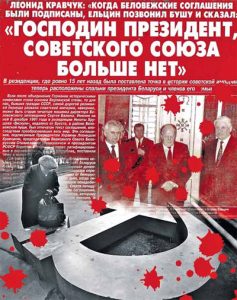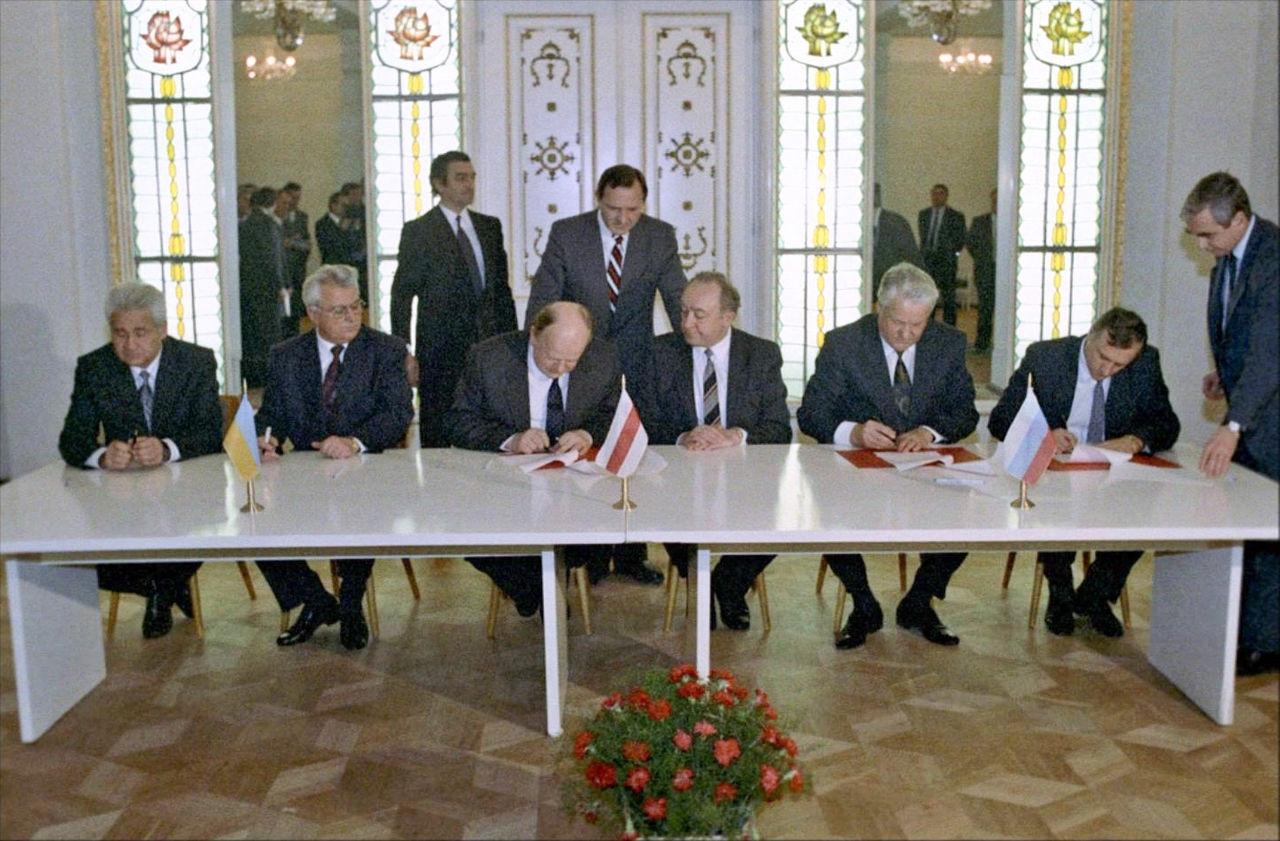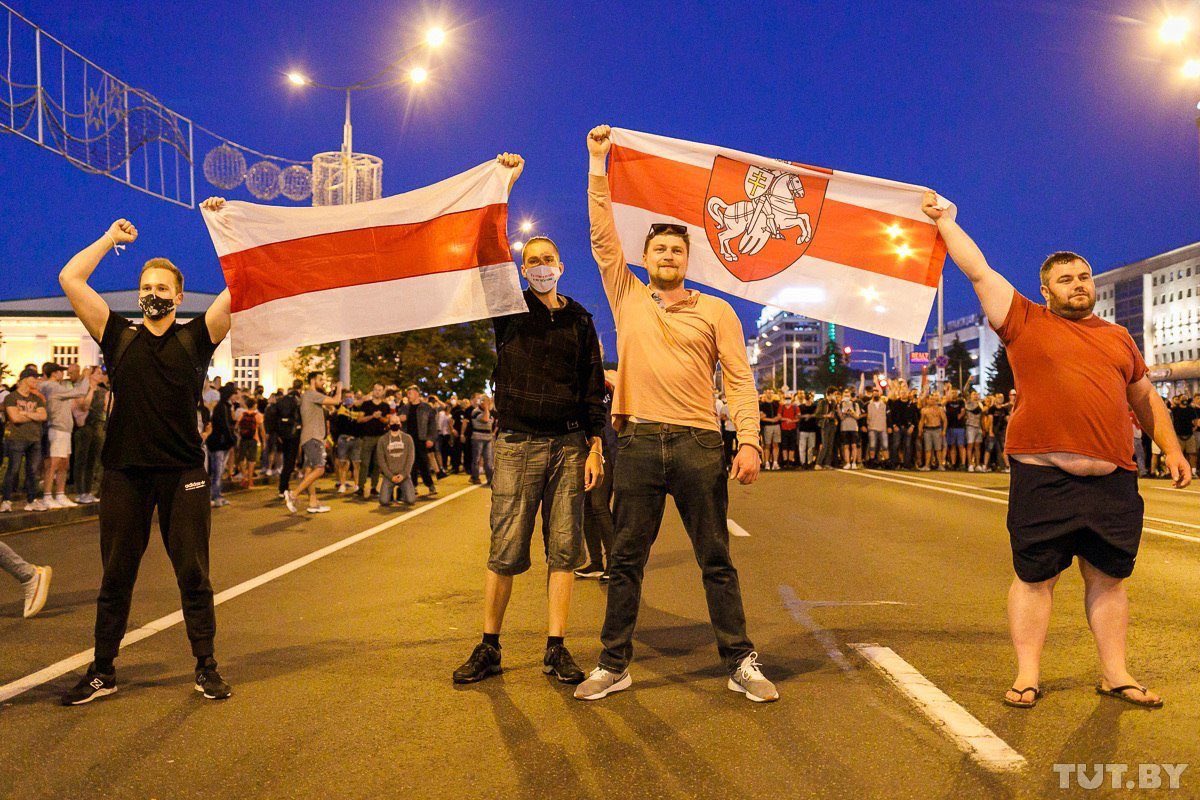
Had the republics agreed to a confederal arrangement, such a restoration of imperial thinking in Rusisa “would have been impossible in principle.” Russia and its neighbors would have been “forced to observe common legal norms as they are observed by EU countries, and the wars with Georgia and Ukraine” would have been unthinkable. And had that happened, it is likely that “confederal thinking” would have spread across Russia, “significantly raising the role of regional and local self-government” and eliminating the drive for the reconstitution of any power vertical. Obviously, that didn't happen, and it appears to be true that “Russian political thought of those years was still not ready for the format of a confederation.” But ideas like this one can spread quickly, Shtepa concludes, noting that in 1989, Soviet police arrested someone for carrying the Russian tricolor, but two years later, that flag had become the official one of Russia.“This was the historical paradox of December 1991.” It seemed to many at the time that “Russia was freeing itself from the Soviet past, but this ‘liberation’ led only to its immersion in a still more distant past, with two-headed eagles, a government role for the church, colonial wars and so on.”
Related:
- Belavezha Accords are not just about the past
- Maidan and its significance. A historical retrospective
- Fifth myth of Krymnashism -- Ukrainian statehood is 'artificial' -- demolished by Popov
- Putin teaches geography: 'All the former USSR is Russia'





